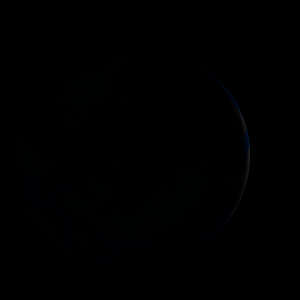|
|
Space Astro
|
Info for exoplanet "Ourosha'a"
| Scientific (actual) data |
|---|
| Name | Kepler-1101 b |
| Planet status | Confirmed |
| Radius | 0.22 |
| Orbital period | 81.3151 |
| Discovered | 2016 |
| Updated | 2021-02-05 |
| Tconj | 2455010 |
| Publication | Announced on a website |
| Detection type | Primary Transit |
| Alternate names | 2MASS J19381665+4540165 b, K02107.01, KIC 9225395 b, KOI-2107 b, KOI-2107.01, WISE J193816.64+454016.2 b |
| Star name | Kepler-1101 |
| Right ascension | 294.57° |
| Declination | 45.67° |
| Mag j | 13.793 |
| Mag h | 13.422 |
| Mag k | 13.314 |
| Star distance | 897 |
| Star metallicity | -0.04 |
| Star mass | 0.94 |
| Star radius | 0.91 |
| Star age | 4.27 |
| Star temperature | 5614 |
| Star alternate names | 2MASS J19381665+4540165, KIC 9225395, KOI-2107, WISE J193816.64+454016.2 |
| Wikipedia article | Kepler-1101 b |
Back
| |
| Fictional info (?) |
|---|
| Suggested name | Ourosha'a |
| Planet type | Cold planet |
| Because of its fast rotation, the planet's shape is that of an oblate spheroid (it has a slight but noticeable bulge around the equator). |
| Atmosphere | Ammonium hydrosulfide (NH4SH) | 73% |
| Hydrogen deuteride (HD) | 15% |
| Argon | 9.6% |
| Ozone | 2% |
| Carbon monoxide | 0.21% |
| Atmospheric pressure | 100 bar |
 |
| No known satellites |
| Google search for Ourosha'a |
|
Website by Joachim Michaelis
|
|
|
|